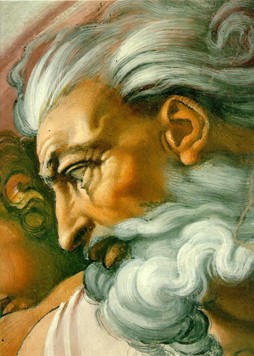
To coincide with one of the most significant anniversaries in science, 2009 sees the publication of ‘Geology and Religion’, charting the long history of interaction between these two seemingly disparate fields, writes Sarah Day.
Geoscientist Online 18 March 2009
From the cosmogony of the Inca civilisation to glaciology in communist China, the book spans centuries and continents of scientific and religious thought, bringing together a vast area of scholarship. The collection includes papers from scientists, historians and theologians which explore the complex nature of the still-evolving relationship between geology and religion from a historical perspective.
‘Today’ notes M. Kolbl-Ebert, editor of the collection, ‘when referring to the relationship between geology and religion, people usually think immediately of Christian (and other) fundamentalists…and to a distrust of science in general and especially geology, palaeontology and evolutionary biology’.
As the book highlights, the reality is a far more complex history of interaction and collaboration, during which the development of both geological and theological theory have been closely intertwined.
‘With these historical considerations in mind, we may better understand the current situation and offer a dialogue between geology and modern theology’.